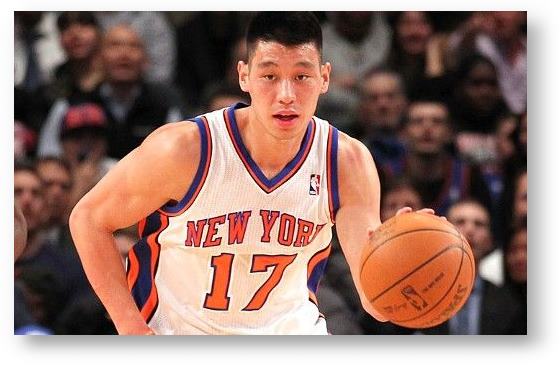Are you interested in the NBA, myths about Asian American success, or race relations in general? If so, we’ve got two great new pieces headed your way.
The first, which just went live, is an insightful exchange between experts C.N. Le, Rosalind Chou, and Ben Carrington on the meteoric rise (and recent fall) of professional basketball player Jeremy Lin. It is the handiwork of our fabulous “knights of the roundtable” team.
Coming soon, then, will be a new TSP White Paper from Jennifer Lee called “Tiger Kids and the Success Frame” which helps explain how ethnicity matters in educational outcomes. This is the first of a fabulous two-part installment.
We are extremely excited to have these two, timely new pieces on our site, and hope that you are inspired to add your comments and thus contribute to the dialogue.
UPDATE: “Tiger Kids and the Success Frame” is now live–and it even has a Glee clip! Looking forward to our second piece from author Jennifer Lee.

